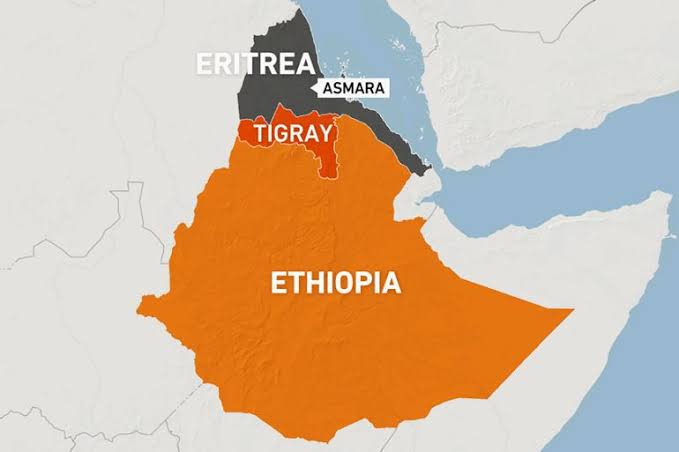
This Map picture is from Google
By HornCurrent News Desk
Northern Ethiopia is once again showing signs of instability as reports of military activity and intermittent clashes stir anxiety among communities still recovering from the devastating Tigray conflict. Concerns are mounting that the uneasy peace achieved nearly three years ago may be on the verge of unraveling.
The war between Ethiopia’s federal forces and the Tigray People’s Liberation Front (TPLF) lasted two grueling years and is believed to have taken more than 600,000 lives before it was formally halted by the Pretoria Agreement in November 2022. But despite the ceasefire, the region remains fragile — and the specter of renewed violence looms large.
“We’re living in constant uncertainty,” a woman in Mekele, the capital of Tigray, told DW. “We can’t make any plans. We’re focused on just getting by. A new war could break out at any time.” She also described a dire economic situation. “Prices are sky-high. What we need is peace so that we can rebuild our lives.”
During the last conflict, Eritrea was a major player, backing Prime Minister Abiy Ahmed’s campaign against the TPLF. However, Eritrea was excluded from the peace negotiations that took place in South Africa — a decision many experts criticized, warning that any long-term solution would be incomplete without Eritrean engagement.
Now, with new signs of unrest, fears are rising that Eritrea may once again take an active role in the conflict.
President Isaias Afwerki, who has led Eritrea for decades, did not participate in the 2022 Pretoria talks and has maintained a confrontational posture. Analysts suggest his government’s intentions remain opaque, but the renewed tension hints that Eritrea’s involvement could be rekindled if hostilities resume.
The international community is watching closely, hoping that the fragile peace holds — but in Tigray, hope is increasingly replaced by fear.
Source: Adapted and re-reported from DW News by HornCurrent.com






